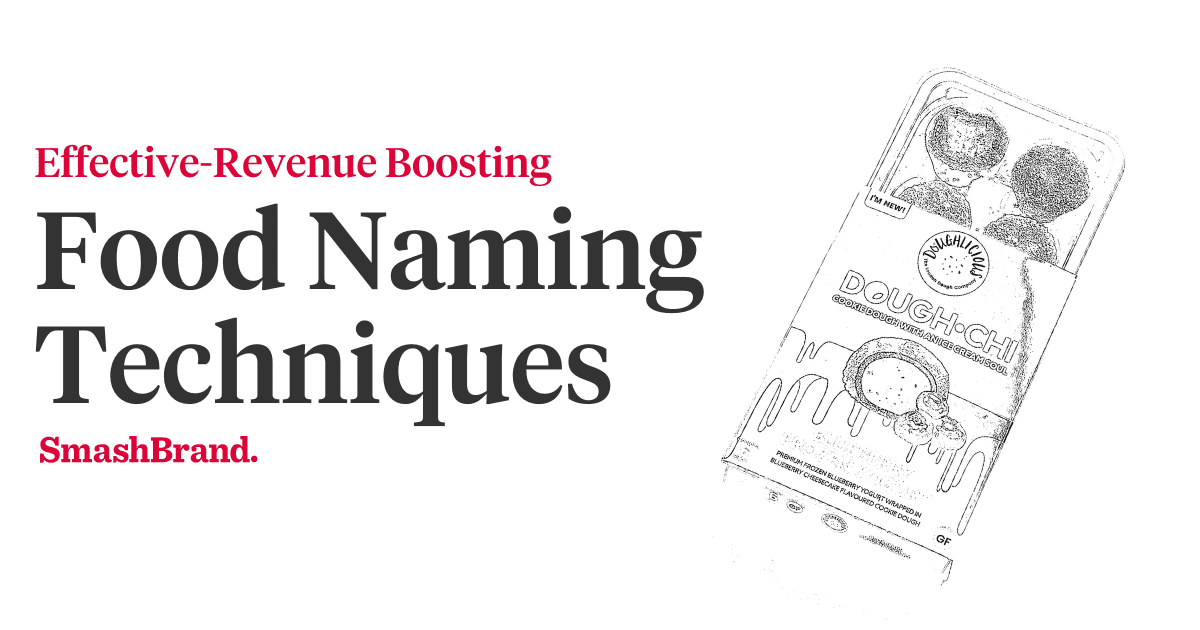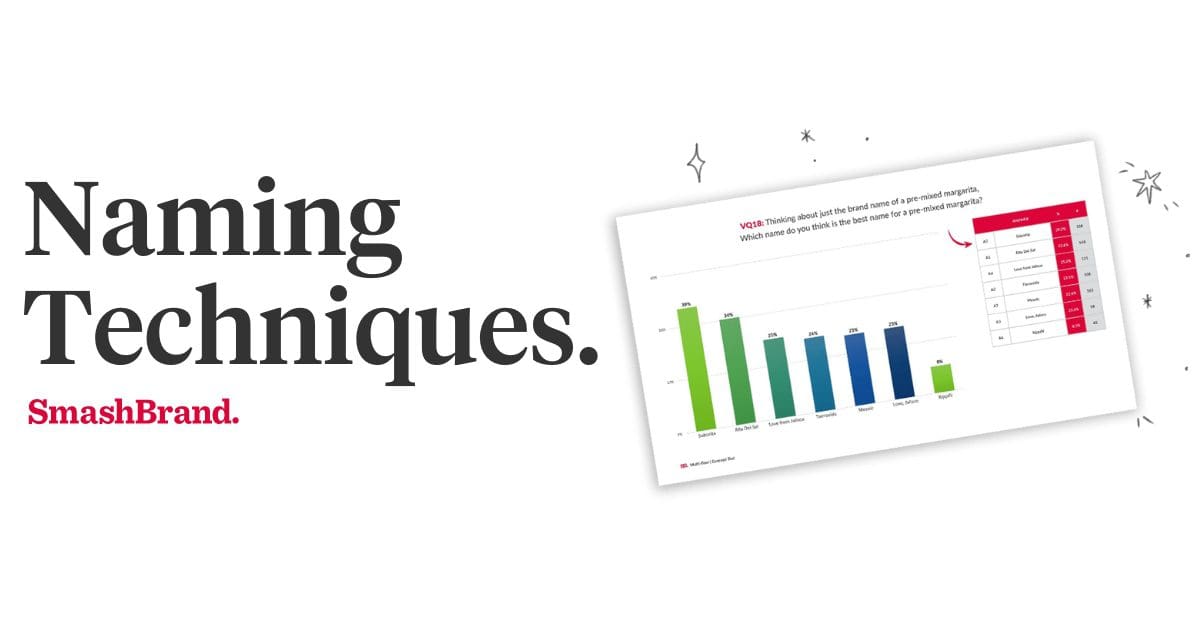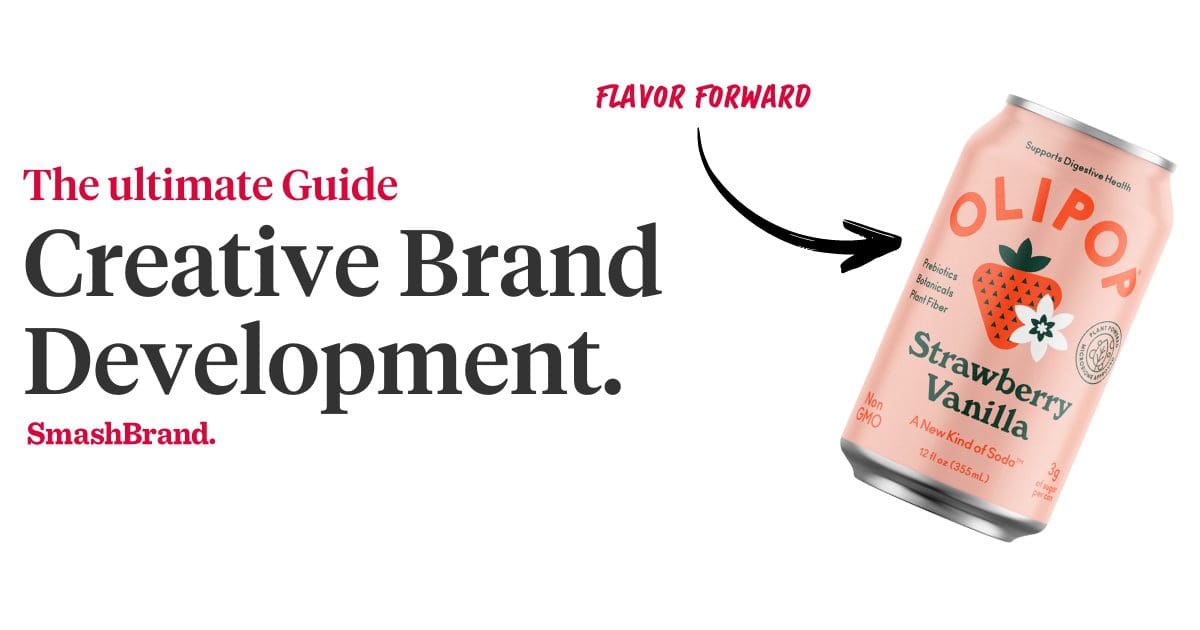Imagine yourself in a store. You are looking for an energy drink. What brand have you pictured first when you saw the word energy drink? Red bull? Monster? Whatever comes first to your mind results from a successful brand positioning strategy. The brand position becomes essential for growth as the market becomes increasingly crowded and competitive.
Brand positioning strategies make a brand attractive, valuable, and trustworthy to its target audience. This, in turn, helps customers associate the brand with their needs and preferences. There are countless examples, such as Band-Aid, Pizza Hut, and Fanta. All these companies have one thing in common: effective brand positioning strategy.
This article provides an in-depth guide to building a practical brand positioning framework that lays the foundation for marketing success. You will learn essential steps, including market research, defining brand identity and promise, and crafting your positioning statement. Whether you are a new company or a struggling brand, this article will help you create a winning strategy.
Understanding Brand Positioning
Brand positioning is one of the basic building blocks of marketing strategy. It refers to how a brand is perceived in the mind of its target audience. Crafting a compelling strategy allows brands to differentiate themselves from their competitors. At its core, brand positioning is about identifying the unique value and experience the brand offers versus alternatives in the market.
To establish a strong brand, it is necessary to define the brand identity and promise that resonates with the target audience. The desired brand positioning will shape everything from the brand messaging and visual identity to customer experience. Companies must deeply understand the target audience, competitors, and brand identity when positioning strategy.
Define The Target Audience
Defining the target audience segment is the basics of brand positioning strategy. It guides the strategy and helps add focus and resonance to the positioning strategy. A company’s target audience represents the segment of consumers with the highest potential to engage with the brand and become loyal customers.
To define the target audience, companies must move beyond basic demographics and get into psychographics—the deeper interests, values, attitudes, and pain points of those they aim to serve. Comprehensive market research and analysis (discussed in the next step) can build detailed buyer personas that align with the brand.
Gaining these rich insights allows brands to craft positioning that genuinely speaks to the motivations and needs of their audience.
Conduct Market Research
After defining the target customer group, it is time to learn about them. Gather necessary data using focus groups, online surveys, social media, forums, etc. Deeply analyze the patterns in their changing preferences. The goal is to gain a comprehensive understanding of the competitive landscape. Learn how competing brands are currently positioned and perceived.
Utilize quantitative and qualitative research strategies to analyze the positioning and messaging of other brands within the industry. Examine how competitors differentiate and market themselves. Search for white space opportunities and look for gaps where you feel consumer interests aren’t fulfilled adequately. Look for a room where your brand could occupy a unique market positioning that sets you apart.
Research should also explore trends, market growth opportunities, and the broader consumer perceptions of your product or service category. These insights allow you to craft positioning that caters to target audience motivations and desires. For example, when Peloton launched, market research revealed an opportunity to position connected fitness as aspirational and community-driven.
Establishing The Brand Identity
After thoroughly researching the competitive landscape and your target audience, establishing the brand identity is the next step. This step involves defining the brand personality, promise, values, and other elements that make it unique. A company’s brand identity must stem directly from its DNA. It must include the value the brand aims to bring to its target customers.
For example, Southwest Airlines has built a brand identity centered around delivering low-cost air travel with heartfelt hospitality. Companies must reflect on what makes their brand unique and how they want their target audience to perceive them. What emotions do they want to evoke? The brand personality describes these tangible traits.
The brand promise encapsulates a company’s primary benefits, such as speed, quality, or experience. Solidifying these facets helps guide the brand positioning strategy like a North Star.
Crafting The Brand Positioning Statement
Once a company has established a solid brand identity, it’s time to craft a concise positioning statement that captures its desired brand perception. This powerful statement communicates the competitive differentiation and compelling value to the target audience.
The statement must highlight the brand’s unique identity and promise versus alternatives. It should speak directly to the customer and declare the company’s space in the market. They may include their target customer, frame of reference competitors, the key benefits they offer, and reasons to believe why the brand delivers on this promise.
Getting the brand positioning statements right helps to guide its branding, messaging, experiences, and marketing campaigns. It ensures alignment across all touchpoints between its intended and actual brand positioning.
Develop Supporting Brand Messages
After crafting the positioning statement, companies must build supporting messaging that aligns with and reinforces the desired brand perception. Translate strong positioning into brand stories, taglines, ad campaigns, social media posts, and other touchpoints.
The messaging should spotlight your brand promise and connect emotionally with the audience. For instance, Dove’s Real Beauty campaign delivers on their brand purpose of promoting positive self-image by featuring real women with authentic stories.
Crafting messages that speak directly to the motivations and values of the target market helps to drive resonance. Companies may use language and imagery that evokes the personality of the brand. Weave in proof points that convey the company’s unique value proposition and why the audience should believe in the brand.
Gaining Brand Recognition
After developing a market positioning strategy, companies must drive brand recognition and awareness through marketing efforts. It involves getting your brand name, logo, and messaging in front of the target audience frequently and consistently across channels. The aim is to build familiarity and solidify the desired brand image and associations in the customer’s minds.
An excellent way to build brand awareness is through advertising, cultural relevance, and presence. For example, brands like Crocs and Old Spice have renewed relevance through viral social campaigns. Another way is through partnerships and collaborations. Adidas and Kanye West collaborated, and as a result, they produced YEEZEE, which can be a good example.
Brands need to keep innovating to stay on top of their game. Brands like Apple, Tesla, and TikTok maintain high recognition by continuously releasing new products, updates, and features. For small brands, recognition may start locally. Brands like Shinola and Tom’s Shoes began in select cities before expanding nationally. Unique local stories and word-of-mouth can generate broader recognition.
Evaluating Effectiveness
Only executing the brand or product positioning strategy is not enough. Companies must continuously evaluate their ongoing effectiveness and make adjustments over time. Markets and consumer preferences evolve, so the positioning must remain relevant.
While evaluating the effectiveness of a strategy, companies should track metrics like brand awareness, consideration, affinity, brand loyalty, and market share. Another way is to get direct feedback from customers by conducting surveys and interviews and utilizing focus groups. Data from the input and surveys should act like a guide to optimize, revise, and optimize the positioning strategy.
If the positioning is not achieving or aligning marketing goals, data from the feedback and surveys should guide it properly. Refine the strategy to keep pace. Evaluate competitors as well, adjusting your positioning accordingly if needed.
Considering Brand Extensions
As the brand grows continuously, companies may start looking to extend the name into new categories. A strong brand positioning strategy will allow the business to quickly expand into new services or product categories. Extensions must properly align and reinforce the core brand positioning.
When approaching brand extensions, assessing if the new offering fits logically with the established identity is necessary. Customer perception will tell if the extension is a natural evolution of the brand promise. Extending too far beyond customer expectations can dilute brand equity.
Companies can utilize surveys and metrics to monitor the impact of extensions. A failed extension can negatively impact customer perception, while successful ones can expand the reach and brand loyalty. With extensions, take a portfolio brand architecture approach. Define each extension’s branding strategy, positioning, and relationship to the core brand.
Maintaining Competitive Advantage
Maintaining a competitive advantage after developing a solid brand positioning strategy requires constant innovation and adaptation. Regularly revisit the brand positioning map to evaluate if the desired consumer perception still resonates or needs realignment—research to deeply understand consumer mindset shifts and where competitors may be gaining an edge.
Be willing to refine aspects of your positioning through a new brand extension or partnership. The core differentiators that set you apart must remain consistent. Introduce logical brand extensions into new categories or services that provide fresh value for loyal customers.
To ensure that the brand is always at the forefront of innovation, it’s crucial to cultivate a culture of experimentation. But while it’s essential to stay on the cutting edge, it’s equally vital to remain faithful to the promise. This will help build trust and loyalty with customers over time.
The most successful brands are agile and continuously optimize their positioning, evolving to stay relevant while delivering a consistent message. By regularly evaluating the strategy, companies should maintain a competitive edge and solidify their position in the market.
Providing Excellent Customer Service
A convenience-based positioning strategy promises ease and simplicity for customers. To align with this positioning, ensure service interactions are seamless and hassle-free. Offer self-service tools, provide quick resolutions, and minimize customer effort.
For a quality positioning, deliver service that reflects the company’s standards of excellence. Hire knowledgeable staff, take ownership of issues, and follow up to ensure satisfaction.
With a value positioning, focus service on providing the core benefits customers expect efficiently and consistently. Avoid over-complicating interactions. Luxury brands should cater service to each individual. Personalize engagements, offer exclusive perks and provide a consistent upscale experience.
Regardless of positioning, always look for ways to surprise and delight customers with service that exceeds expectations. Small gestures like gifts or upgrades make a big impression.
Providing excellent service tailored to your brand promise earns trust and reinforces your desired positioning. It demonstrates you understand critical customer needs and are committed to fulfilling them.
Adapting The Brand Positioning Strategy Over Time
A successful brand positioning strategy cannot remain static. Brands must continually reevaluate and refine their approach as the business grows and markets evolve. Regularly research to identify changes in consumer motivations, values, and preferences. Companies may follow these steps to adapt the strategy and develop a strong brand positioning:
Adjusting Messaging
Companies may adapt their strategy over time by adjusting their messaging. They should conduct proper research. If research shows their brand messaging has become outdated and no longer resonates with the target audience, it’s time to change.
Businesses may try new messaging concepts through surveys, focus groups, or small advertising campaigns. They must evaluate how target consumers respond to alternate positioning strategies and value propositions. Cultural trends and current events signal messaging opportunities.
Companies must align their narrative with evolving consumer motivations and priorities. For example, after seeing the popularity of generative AI, Adobe has quickly incorporated it into its products. Sometimes, revamping the company’s messaging visuals and tonality may be necessary to feel fresh and contemporary.
Expanding Your Target Audience
Even the most strategic positioning can face plateaus. Under such conditions, expanding the target audience’s reach is a good idea. It can fuel growth and help to remain competitive. Companies may look for logical extensions into new demographics that align with their value. Again, research can help identify new opportunities to broaden appeal.
For example, if a brand has strongly resonated with younger consumers, consider tailoring messaging and campaigns to appeal to older age groups. Similarly, if a company has been targeting the urban population, it may start looking to expand its reach to suburban and rural markets.
For example, if your brand has strongly resonated with younger consumers, consider tailoring messaging and campaigns to appeal to older groups without alienating existing customers.
Responding to Competition
The consumer market will keep evolving, and new competitors will enter the space with similar messaging and positioning. Under such conditions, it becomes necessary for businesses to take measures and set themselves apart. Companies must identify gaps where the current brand positioning seems stale or less compelling. They should explore how they can update their messaging without abandoning their core identity. How to keep it fresh, unique, and meaningful again.
Capitalizing on Trends
Emerging trends bring a lot of growth opportunities. Consider the trend in generative AI, such as DALL-E and chatGPT. It has shaped so many businesses already. Capitalizing on such trends can become fruitful for companies. Businesses that want to accentuate a fun, youthful image can create social media campaigns capitalizing on viral meme trends.
Similarly, health-focused brands may partner with rising fitness influencers to highlight their wellness credentials. Businesses may seek opportunities to align their brand narrative with evolving consumer motivations and priorities. If environmental sustainability is becoming more valued, they should showcase relevant efforts.
Maintaining Consistency Over Time
Consistency becomes pivotal once a robust and differentiated brand positioning has been established. As you adapt your strategy, change thoughtfully and incrementally to avoid diluting brand equity.
Regularly reevaluate if your core identity and values still feel authentic and relevant. But don’t make dramatic pivots that confuse customers or muddy your brand promise.
When expanding into new product categories or targeting new demographics, ensure the branding aligns seamlessly with existing perceptions of your brand. If overhauling visual identity elements like logos, retain legacy design cues or colors that preserve continuity. Drastic redesigns can detach customers from brand equity.
Message changes should modernize tone and language while reinforcing what your brand has always stood for. Avoid conflicting narratives. Appoint brand guardians to ensure adaptations unify rather than fracture your positioning. Emphasize continuity as a stabilizing force amidst change.






